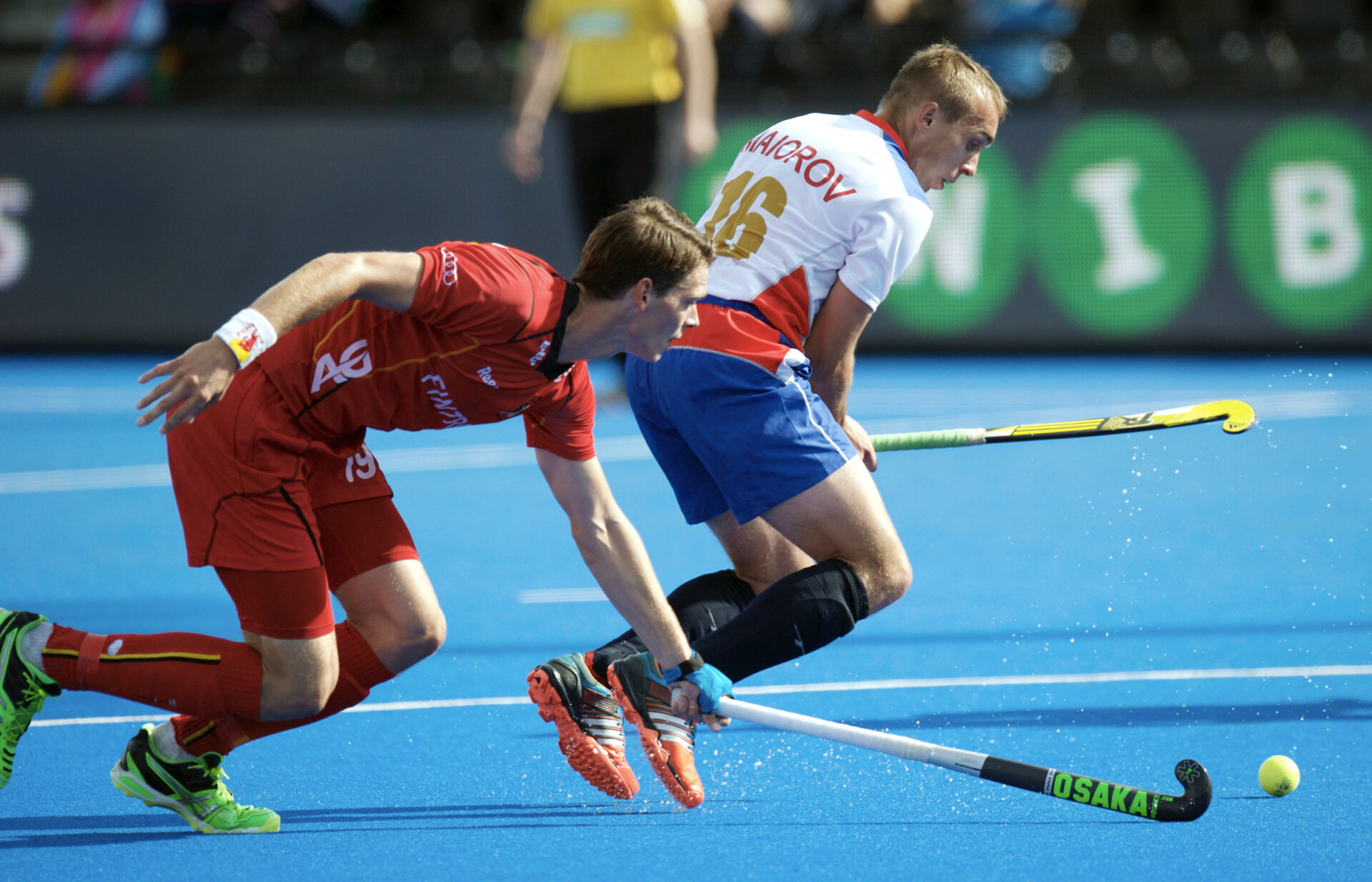Mastering the Link in Hockey: Lotus365’s Comprehensive Guide to Tips, Tricks, and Improvisation
Introduction:
In the dynamic world of hockey, mastering the “link” – that critical connection between players on the ice – is paramount for success. Whether you’re a seasoned pro or just starting out, understanding the nuances of linking up with your teammates can elevate your game to new heights. In this comprehensive guide brought to you by Lotus365, we’ll delve into the intricacies of the link in hockey, offering valuable tips, tricks, and strategies for players looking to enhance their skills.
Understanding the Link:
The link in hockey refers to the seamless coordination and communication between players on the same line or unit. It’s about anticipating each other’s moves, supporting one another both defensively and offensively, and ultimately working together towards a common goal – scoring goals and winning games. A strong link can turn an average line into a formidable force on the ice, capable of outmaneuvering opponents and creating scoring opportunities.
Tip 1: Communication is Key
One of the most crucial aspects of establishing a strong link in hockey is communication. Whether it’s calling for a pass, signaling for support, or providing feedback to your teammates, clear and concise communication can significantly enhance your team’s cohesion and effectiveness on the ice. Lotus365 recommends implementing specific communication cues during gameplay, such as calling out each other’s names or using predetermined signals to indicate plays or strategies.
Trick 1: Develop Chemistry Through Practice
Chemistry among linemates isn’t built overnight; it takes time, dedication, and plenty of practice. Lotus365 emphasizes the importance of spending quality time on the ice with your linemates, running drills, and engaging in scrimmage sessions to develop a deep understanding of each other’s playing styles, tendencies, and preferences. By familiarizing yourselves with each other’s movements and instincts, you’ll be better equipped to anticipate plays and capitalize on scoring opportunities.
Improvisation: Thinking on Your Feet
In the fast-paced environment of hockey, being able to improvise and adapt to changing circumstances is essential. Whether it’s adjusting your positioning to support a teammate in trouble or seizing an unexpected opening in the defense, the ability to think on your feet can make all the difference in a game. Lotus365 recommends practicing situational awareness drills to hone your improvisational skills, simulating game scenarios and challenging yourself to make split-second decisions under pressure.
Tip 2: Master the Art of Timing
Timing is everything in hockey, especially when it comes to executing plays and capitalizing on scoring chances. Whether it’s timing your passes to perfection or knowing when to make a move towards the net, mastering the art of timing can significantly elevate your game. Lotus365 suggests focusing on your timing during practice sessions, paying close attention to the tempo of the game and the movements of your teammates and opponents alike. By honing your timing skills, you’ll be able to anticipate plays more effectively and make the most of every opportunity that comes your way.
Trick 2: Utilize Non-Verbal Cues
While verbal communication is essential on the ice, sometimes silence can speak volumes. Lotus365 recommends incorporating non-verbal cues into your gameplay to enhance your link with teammates. Whether it’s making eye contact to signal a pass or using subtle gestures to indicate your intentions, non-verbal communication can often be just as effective as spoken words. By mastering the art of non-verbal cues, you’ll be able to communicate seamlessly with your teammates without saying a word.
Improvisation: Creating Space and Opportunities
In hockey, creating space is crucial for generating scoring opportunities and breaking through the opponent’s defense. Whether it’s using deceptive movements to shake off defenders or setting picks to open up passing lanes, the ability to create space requires creativity, agility, and a keen understanding of the game. Lotus365 recommends practicing individual skills such as puck handling, agility drills, and spatial awareness exercises to improve your ability to create space on the ice. By mastering the art of improvisation, you’ll be able to outmaneuver opponents and create scoring opportunities for yourself and your teammates.
Tip 3: Foster Trust and Support
Trust and support are the foundation of any successful link in hockey. Knowing that your teammates have your back and will be there to support you both on and off the ice can instill confidence and cohesion within the team. Lotus365 suggests fostering a culture of trust and support within your team by encouraging open communication, constructive feedback, and a positive attitude towards each other’s success. By building strong bonds of trust and support, you’ll be able to rely on your teammates when it matters most, leading to greater synergy and success on the ice.
Trick 3: Study the Game
Knowledge is power in hockey, and the more you understand the intricacies of the game, the better equipped you’ll be to excel on the ice. Lotus365 recommends studying game footage, analyzing plays, and learning from both your own performances and those of other teams and players. By dissecting the nuances of the game, you’ll gain valuable insights into tactics, strategies, and gameplay patterns that can inform your own approach to the game. Whether it’s studying the positioning of players during power plays or analyzing defensive strategies, the more you know, the better prepared you’ll be to make informed decisions and contribute to your team’s success.
Improvisation: Adapting to Changing Dynamics
In hockey, no two games are ever the same, and being able to adapt to changing dynamics is essential for success. Whether it’s adjusting your game plan mid-game to counter an opponent’s strategy or adapting your playing style to accommodate changes in your lineup, the ability to adapt on the fly can be the difference between winning and losing. Lotus365 recommends practicing situational drills that simulate changing game scenarios, challenging yourself and your teammates to adapt and adjust to different situations as they arise. By mastering the art of improvisation, you’ll be better prepared to navigate the unpredictable nature of hockey and come out on top.
Conclusion:
Mastering the link in hockey is a multifaceted endeavor that requires teamwork, communication, and adaptability. By incorporating the tips, tricks, and strategies outlined in this guide, brought to you by Lotus365, players can enhance their link with teammates and elevate their game to new heights. Whether you’re a beginner looking to improve your skills or a seasoned veteran seeking to refine your gameplay, the key to success lies in fostering strong bonds of trust and support, mastering the art of communication, and embracing the improvisational nature of the game. So lace up your skates, hit the ice, and let Lotus365 guide you on your journey to hockey greatness.
Keep an eye for more latest news & updates on Fashionable Pro!






